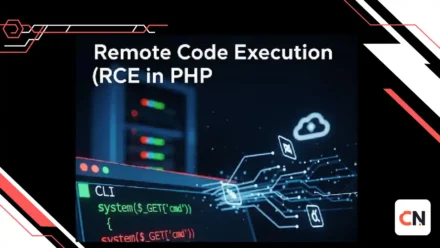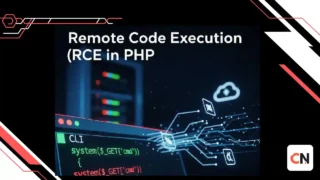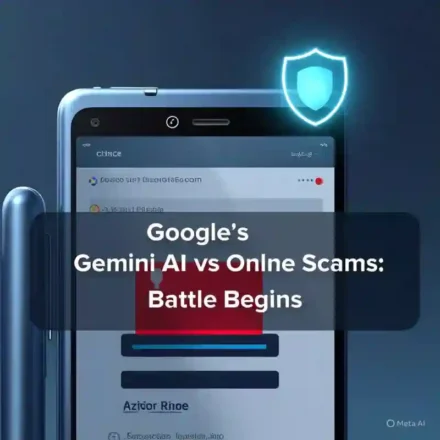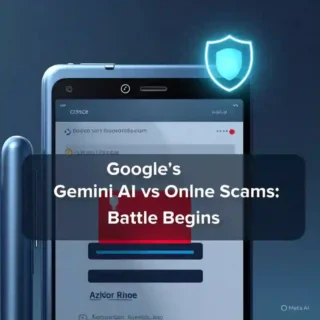Last Updated: June 2025
In May 2025, Indian media outlets and intelligence agencies raised significant concerns about a malware campaign dubbed the “Dance of the Hillary” virus, allegedly orchestrated by threat actors with suspected links to Pakistan. This comprehensive investigation reveals a complex blend of legitimate cybersecurity threats, media sensationalism, and viral misinformation that has created widespread public confusion.
Key Finding: While the specific “Dance of the Hillary” threat appears to be largely media-coined terminology mixing genuine malware concerns with old hoaxes, the underlying cybersecurity landscape reveals real and active threats targeting Indian users through social engineering campaigns.
Latest Developments (May-June 2025)
Official Government Response
The Government of India’s Press Information Bureau (PIB) Fact Check unit officially debunked viral claims about ATM closures and the “Dance of the Hillary” threat on May 8, 2025, confirming that ATMs would continue operating normally. However, CERT-In (Computer Emergency Response Team – India) did issue legitimate advisories warning about potential cyberattacks from Pakistan-based groups targeting banks and social media users.
Law Enforcement Involvement
Punjab Police’s cybercrime wing issued advisories about malware attacks potentially originating from Pakistan, with “Dance of the Hillary” mentioned as part of a broader campaign targeting users through phishing links and malicious attachments.
Banking Sector Clarifications
State Bank of India (SBI) confirmed on May 9, 2025, that all SBI ATMs, CDMs/ADWMs, and digital services remained fully operational and available for public use, directly contradicting viral misinformation about banking system shutdowns.
Threat Analysis: What’s Real vs. What’s Hype
Confirmed Threats (REAL)
- Legitimate Malware Campaigns: Security experts confirm active malware campaigns targeting Indian users through phishing attacks, with capabilities including accessing personal data, login credentials, financial information, and enabling remote device control
- Social Engineering Attacks: Ongoing spear-phishing campaigns using social media platforms and messaging apps
- Cross-border Cyber Tensions: Verified increase in cyber activities amid India-Pakistan geopolitical tensions
Debunked Claims (FAKE/MISLEADING)
- ATM Shutdowns: Completely false – no ATMs were shut down due to cyber threats
- “Dance of the Hillary” Video: This specific claim is a recycled hoax that has been circulating since 2016, with no BBC announcement ever made
- Widespread Infrastructure Disruption: No verified reports of critical infrastructure being compromised
Technical Deep Dive
Attack Vectors and Payload Delivery
The confirmed attack patterns rely heavily on social engineering techniques:
Primary Distribution Methods:
- Messaging Platforms: WhatsApp, Telegram, Facebook Messenger
- Email Campaigns: Spear-phishing with malicious attachments
- Social Media: Fake posts and links on Facebook, Instagram
- File Types: Disguised as videos, documents, or system updates
Key Indicators of Compromise (IOCs):
- File name: tasksche.exe (associated with historical WannaCry, not current threats)
- Delivery methods: Compressed archives (.zip, .rar), fake media files
- Behavioral indicators: Registry modifications, scheduled tasks, process injection
Malware Capabilities (Confirmed Active Threats)
Real malware samples in circulation can:
- Execute process hollowing and DLL injection techniques
- Install keyloggers for credential harvesting
- Establish C2 (Command and Control) channels via encrypted protocols
- Modify Windows registry for persistence
- Exfiltrate browser-stored passwords and financial data
- Enable remote access and device control
Geopolitical Context & Attribution
Threat Attribution Complexity
While Indian cybersecurity agencies suggest state-aligned threat actors from Pakistan may be involved, no official attribution has been confirmed by major global threat intelligence firms (Mandiant, CrowdStrike, Kaspersky). The name “Dance of the Hillary” appears to be media-coined terminology rather than actual malware family nomenclature.
Hybrid Warfare Implications
This incident represents the growing trend of weaponizing malware in geopolitical disputes, with increasing involvement of state-linked or state-inspired groups in cyber espionage, particularly in South Asia.
For Organizations & IT Professionals
Advanced Technical Mitigations:
- Endpoint Detection & Response (EDR): Deploy solutions like SentinelOne, CrowdStrike, or Microsoft Defender for comprehensive behavioral analysis
- Sandbox Analysis: Utilize platforms like Any.Run, Cuckoo Sandbox, or VMware Carbon Black for suspicious file testing
- Network Monitoring: Implement DLP (Data Loss Prevention) and monitor for anomalous outbound connections
- Application Control: Deploy Windows AppLocker or similar whitelisting technologies
- Email Security: Advanced threat protection with attachment sandboxing and deep content inspection
Security Architecture Improvements:
- Zero Trust Implementation: Verify every user and device before granting access
- Network Segmentation: Isolate critical systems from general network access
- Privileged Access Management (PAM): Control and monitor administrative access
- Security Information and Event Management (SIEM): Centralized logging and threat detection
- Regular Penetration Testing: Identify vulnerabilities before attackers do
For Individual Users
Essential Security Hygiene:
- Multi-Factor Authentication (MFA): Enable on all critical accounts (banking, email, social media)
- Software Updates: Maintain current OS and application patches
- Antivirus Protection: Use reputable, regularly updated security software
- Email/Message Vigilance: Never click unknown attachments or links
- Strong Passwords: Use unique, complex passwords with password managers
- Social Media Privacy: Review and restrict sharing settings
Red Flags to Watch For:
- Messages from unknown numbers, especially with +92 (Pakistan) prefix
- Files with suspicious extensions (.exe, .scr, .bat, .com)
- Urgent messages claiming system threats or requiring immediate action
- Requests for personal or financial information via social media
- Videos or documents from untrusted sources
Frequently Asked Questions
Is the “Dance of the Hillary” virus real?
The threat is partially real but heavily misrepresented. While legitimate malware campaigns are targeting Indian users, the specific “Dance of the Hillary” video claim is a recycled hoax from 2016. PIB and multiple fact-checkers have confirmed this specific claim as false.
Should I be worried about opening videos on WhatsApp?
Exercise caution with any unsolicited media files, especially from unknown contacts. While legitimate videos won’t harm your device, malicious files disguised as videos can contain malware. Always verify the sender and avoid downloading suspicious attachments.
Are ATMs really being shut down due to cyber attacks?
No. PIB and SBI have officially confirmed that all ATMs and banking services remain fully operational. This claim was part of viral misinformation.
What should I do if I receive a suspicious message?
Don’t click any links or download attachments. Report the message to your platform (WhatsApp, Telegram, etc.), block the sender, and if it claims to be from an official source, verify independently through official channels.
How can I verify if cybersecurity news is legitimate?
Check official sources like:
CERT-In (cert-in.org.in)
PIB Fact Check (@PIBFactCheck on social media)
Your antivirus vendor’s threat intelligence updates
Verified news outlets with cybersecurity expertise
What’s the connection between India-Pakistan tensions and cyber attacks?
Cybersecurity experts confirm that geopolitical tensions often lead to increased cyber activities, including state-sponsored or state-inspired hacking groups targeting critical infrastructure and civilian networks. However, many claims are exaggerated or mixed with misinformation.
Is the file “tasksche.exe” dangerous?
The file “tasksche.exe” was associated with the 2017 WannaCry ransomware attack, not current threats. The warning about this specific file is outdated and not related to current India-Pakistan cyber tensions. However, any unexpected .exe file should be treated with caution.
How can I protect my smartphone from malware?
Keep your OS updated
Only download apps from official stores (Google Play, Apple App Store)
Don’t install apps from unknown sources
Use mobile antivirus software
Be cautious with app permissions
Avoid clicking suspicious links in messages
What should businesses do to protect against these threats?
Implement comprehensive cybersecurity measures including continuous threat detection, automated response systems, employee training, and collaboration with industry bodies for threat intelligence sharing.
Are there any legitimate cybersecurity concerns I should know about?
Yes. Legitimate threats include:
Phishing campaigns targeting banking credentials
Social engineering attacks via messaging apps
Malware disguised as software updates
Data theft through compromised apps
Business email compromise (BEC) attacks








Leave a Comment